Description
Search and Rescue Iwakuni CH-46 Model
Fly with the Search and Rescue bird in this hand crafted CH-46. Each model is carefully carved from wood and hand painted to provide a piece you’ll love!
Length – 14 inches
Marine Corps Air Station Iwakuni or MCAS Iwakuni (岩国飛行場, Iwakuni hikōjō) (IATA: IWK, ICAO: RJOI) is a United States Marine Corps air station located in the Nishiki river delta, 1.3 NM (2.4 km; 1.5 mi) southeast of Iwakuni Station in the city of Iwakuni, Yamaguchi Prefecture, Japan.
The Japanese government bought a large portion of what is today MCAS Iwakuni in 1938, with the view of establishing a naval air station. They commissioned the new base 8 July 1940. When World War II started, the Iwakuni air station was used as a training and defense base. The station housed 96 trainers and 150 Zero fighter planes on the airstrip. In September 1943, a branch of the Etajima Naval Academy was established here, with approximately 1,000 cadets undergoing training in the Basic, Junior and Senior Officer’s schools at any one time. American B-29’s bombed Iwakuni in May and August 1945, concentrating on the oil refinery and Rail Transport Office or train station areas. The last air raid took place just a day before the war was brought to a close.
The first allies to reach Iwakuni at the war’s end were a group of U.S. Marines who had signed papers ending the conflict for the Japanese air base. After the end of World War II, various military forces from the United States, Britain, Australia, and New Zealand occupied the base and it was repaired by No. 5 Airfield Construction Squadron RAAF and designated a Royal Australian Air Force Base in 1948. The Americans first occupied the base in 1950 to use it as a springboard for aircraft heading to the Korean War. In 1952, the base officially became a United States military base.[2]
F-51Ds of RAAF No. 77 Squadron in maintenance at Iwakuni Airfield, June 1950.
Iwakuni had scheduled international service by private airlines from 1952 to 1964, during which time it had the IATA airport code IWJ. This code was later reassigned to Iwami Airport in neighboring Shimane Prefecture.[3]
Nuclear weapons were moved from Okinawa to the base for storage during a brief period in 1966. When U.S. ambassador to Japan Edwin O. Reischauer learned of the presence of the weapons, which was a violation of the Treaty of Mutual Cooperation and Security between the United States and Japan, he told the United States Department of State that if the weapons were not removed within 90 days he would resign and go public with the information. The weapons were removed shortly thereafter, and their presence at the base did not become publicly known until 2010.[4]
It is currently home to around 5,000 United States Marines (including family members). The base is detailed for Marine pilot training and air patrol, using F/A-18 Hornet fighter-attack aircraft among others in compliance with the Treaty of Mutual Cooperation and Security obligations to protect Japan. MCAS Iwakuni is also shared with the Japanese Maritime Self Defense Force. MCAS Iwakuni is home to a Department of Defense school, Matthew C. Perry (Elementary, Middle School and High School).
USMC F/A-18D takes off from MCAS Iwakuni in December 2005
A new off-shore runway opened at the base on 30 May 2010. The new runway is 2,440 meters in length.[5]
On 22 November 2017, a C-2A Greyhound cargo plane with 11 crew and passengers aboard crashed southeast of Okinawa after departing the base for the aircraft carrier USS Ronald Reagan. Eight of the 11 were rescued.[6]
On 6 December 2018, an F/A-18D Hornet (callsign “Profane 12”) belonging to VMFA(AW)-242 collided mid air with a KC-130 (callsign “Sumo 41”) from VMGR-152 during a nighttime training exercise. The crew of Sumo 41 were killed in the collision along with the pilot of Profane 12. The co-pilot of Profane 12 was rescued by JMSDF Search & Rescue in Japanese waters. An investigation into the accident was lead by the Marine Corps. ProPublica later conducted their own independent investigation after finding the Marine Corps initial results to be inaccurate.[7][8]
USN Carrier Air Wing 5 relocation to MCAS Iwakuni
Since at least 2005 there had been plans to relocate Carrier Air Wing Five’s fixed wing aircraft from Naval Air Facility Atsugi in Kanagawa Prefecture to Iwakuni.[9] Yamaguchi governor Sekinari Nii said there was “no way” Yamaguchi prefecture would accept this.[10] In 2006 Iwakuni voters rejected the plan in a plebiscite[11] and Iwakuni mayor Katsusuke Ihara urged Tokyo to drop the plan.[12] In 2007 the Japanese government passed legislation to prepare for the relocation of US Forces in Japan including subsidies for local affected areas.[13]
The move was planned to have been done in 2014, but after construction delays the move was delayed by three years, to 2017.[14][15][16]
The move did not include the wing’s two helicopter squadrons. The first CVW-5 squadron, VAW-125 flying the E-2D Hawkeye arrived in January 2017. The Boeing E/A-18G Growlers of VAQ-141 “Shadowhawks” completed relocation in January, 2018. As of May 2018, all fixed wing aircraft of Carrier Air Wing 5 had completed relocation from NAF Atsugi.
USMC F-35B aircraft
The first aircraft of Marine Fighter Attack Squadron 121 “Green Knights” (VMFA-121) arrived on 18 January 2017.[17] This became the first and only forward deployed Lockheed Martin F-35B Lightning II squadron in the United States Marine Corps. They have since flown show of force sorties against North Korea.[18]
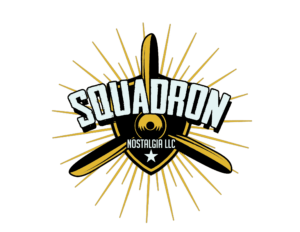
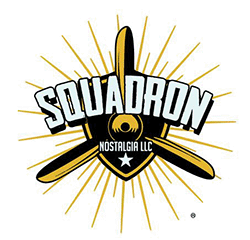
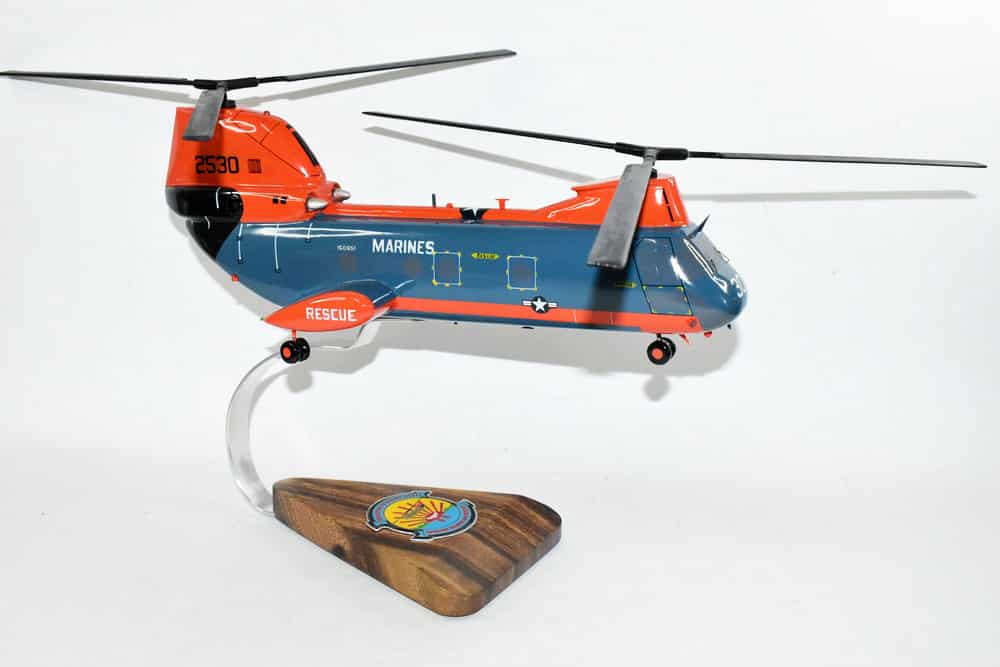
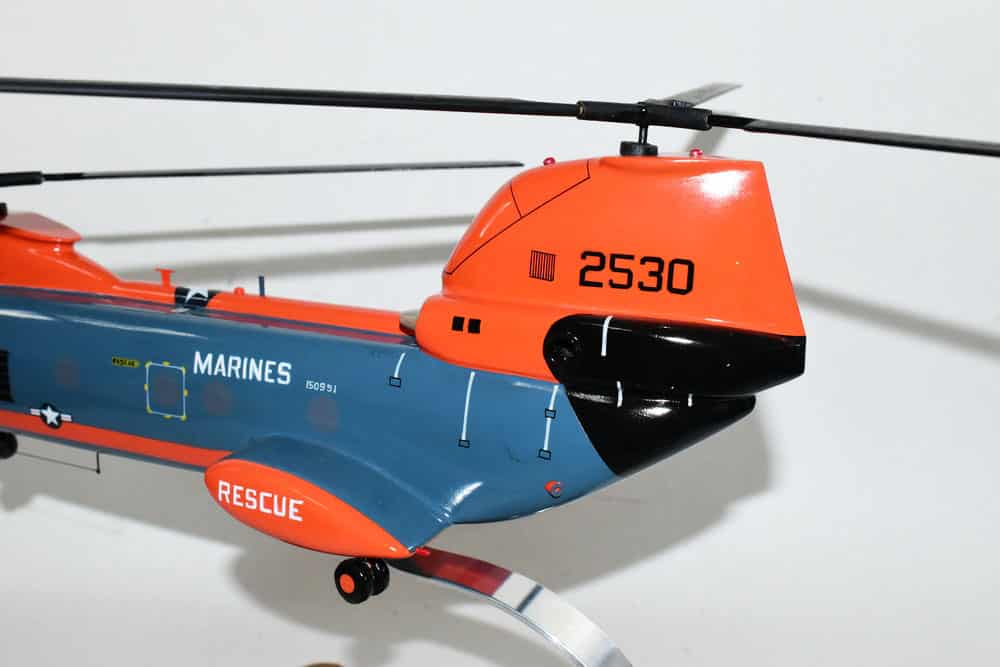
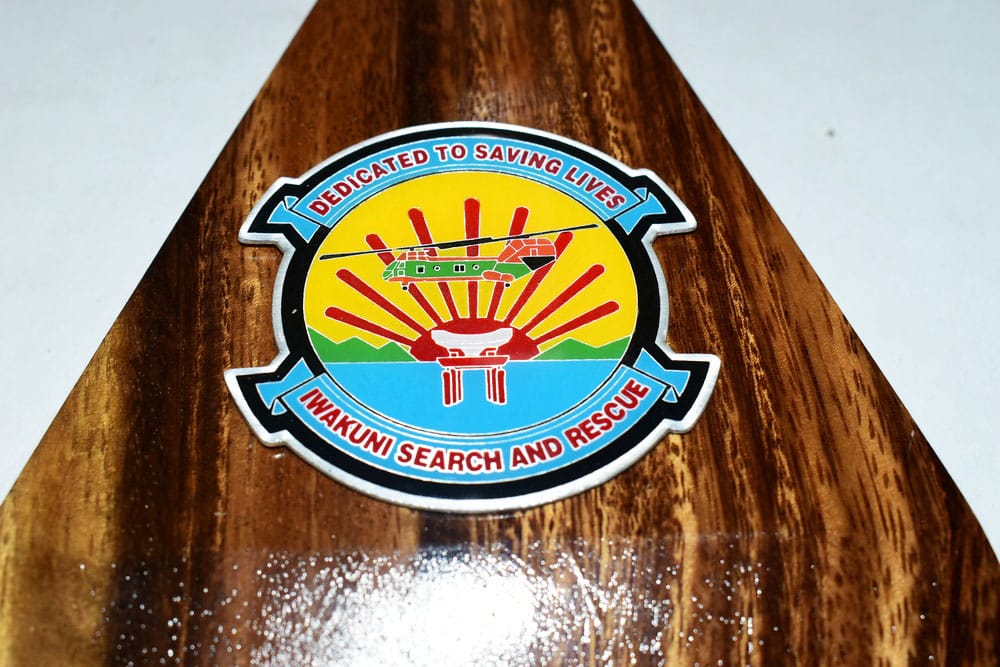


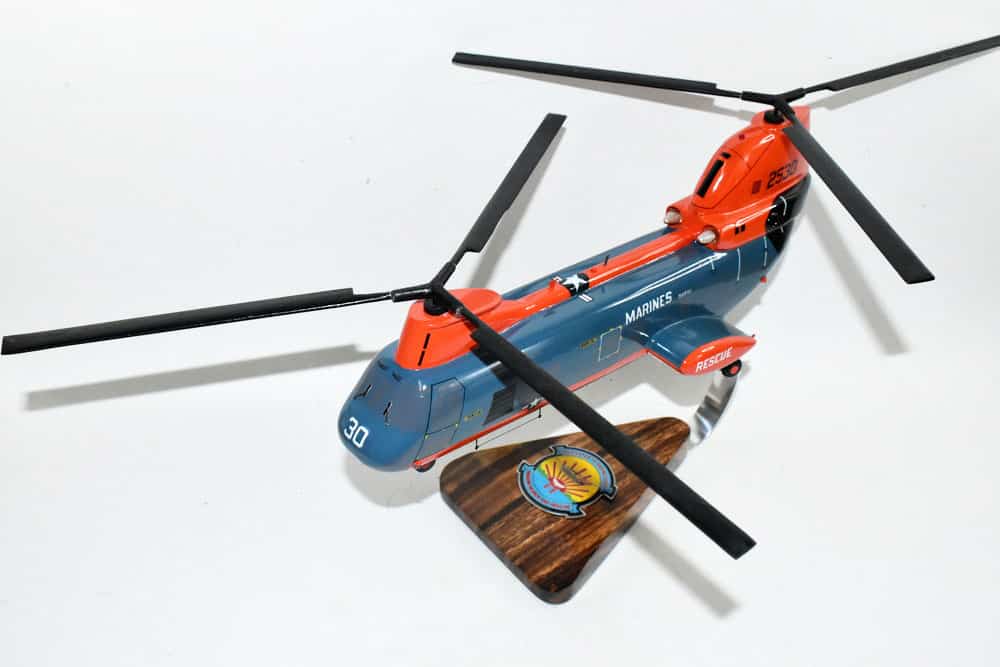
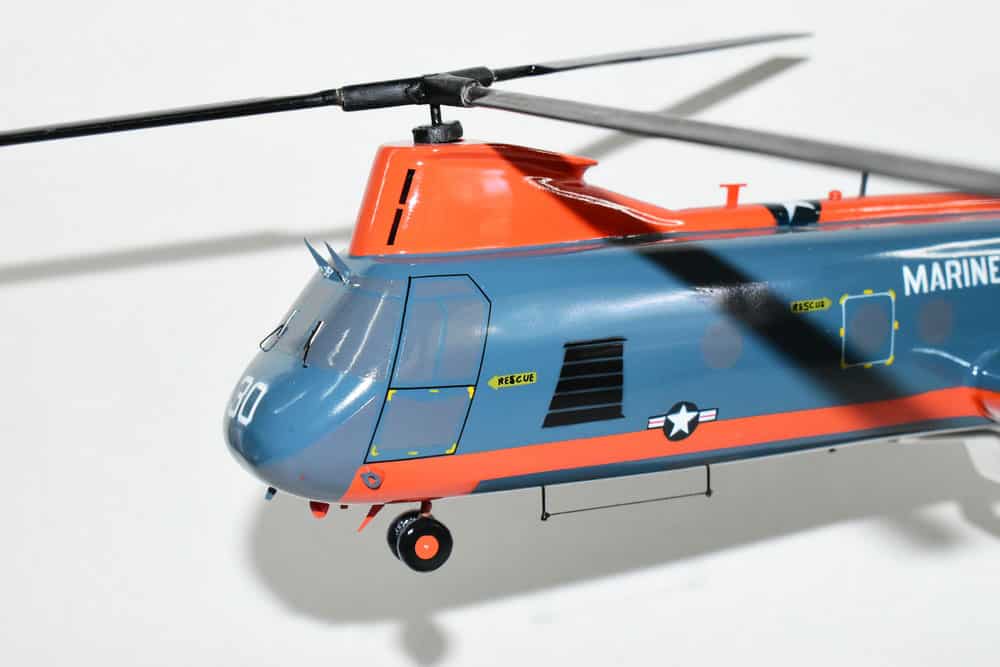
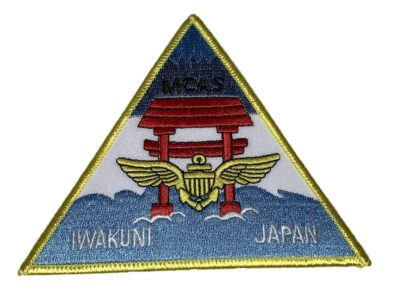
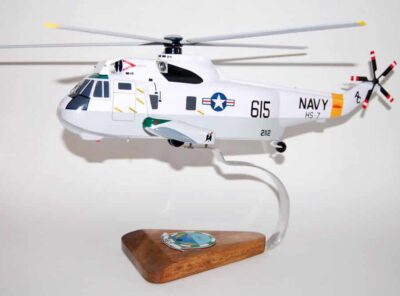
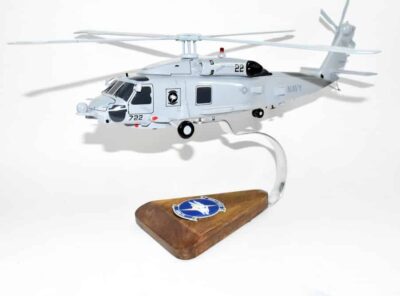
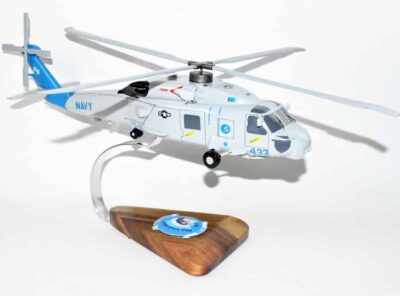
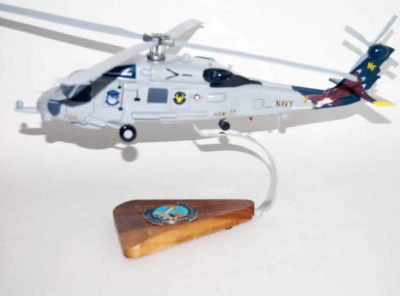
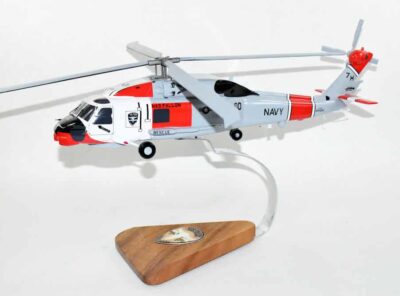
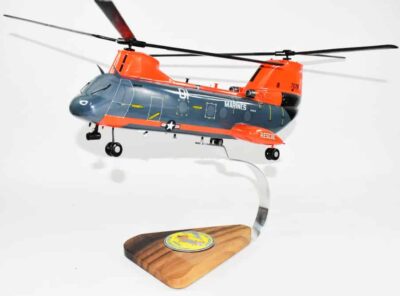
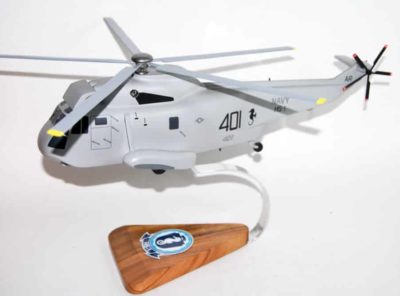
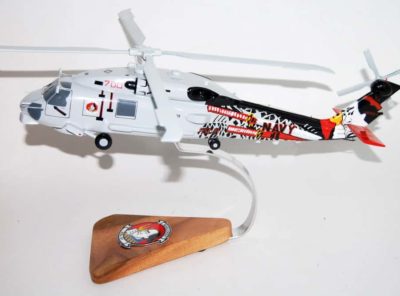
Reviews
There are no reviews yet.